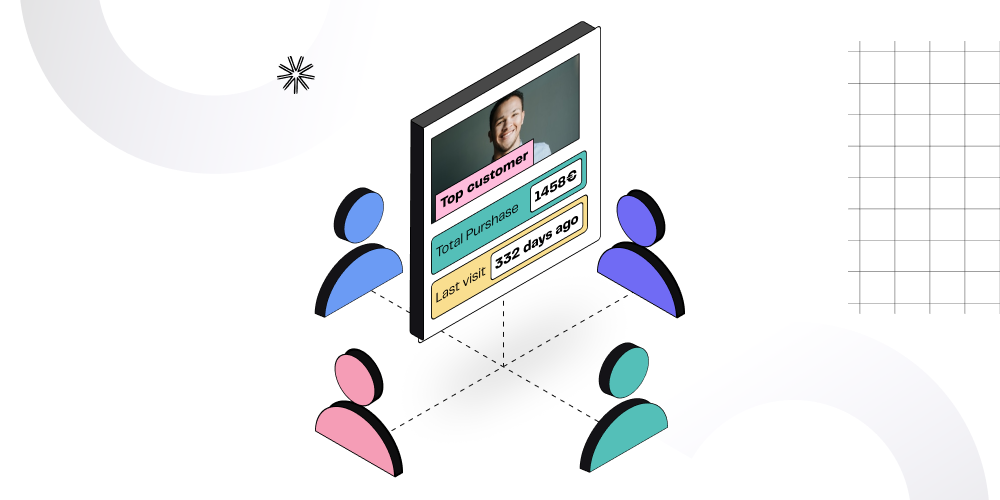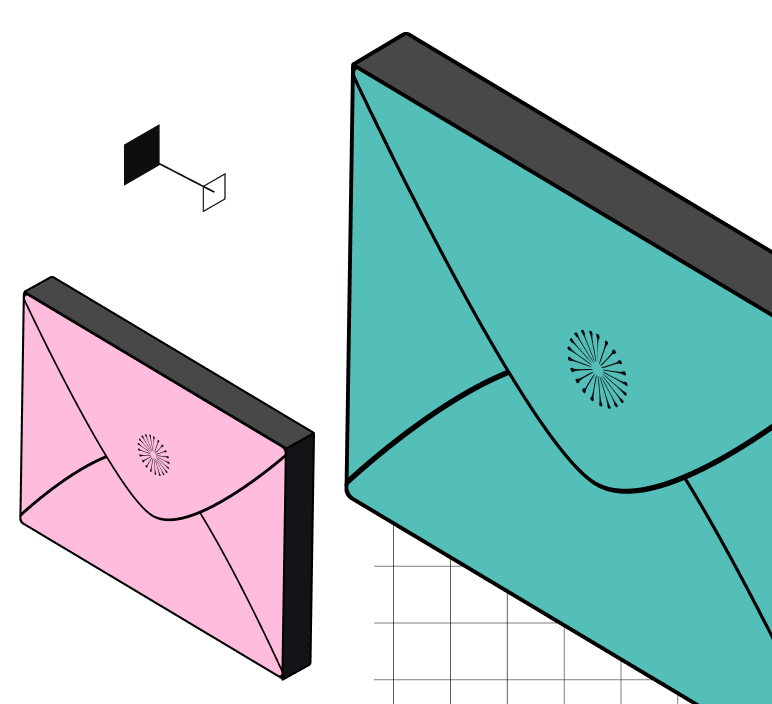Overview
As a marketer, you aim to keep your customers engaged with your brand for long-term sales. This means setting the focus on the complete customer journey, including acquisition, retention, and reactivation.
Maintaining relationships with your audience is one of the best customer retention strategies. If you focus solely on finding new customers, you'll miss out on a potentially significant revenue stream.
This use case provides you with simple steps to effectively reactivate Top Passive Customers with DinMo.

Unlocking Revenue Potential: The Importance of Reactivating Existing Customers
The importance of customer reactivation lies in the potential revenue that can be generated from your existing customer base. While acquiring new customers is necessary for growth, reactivating dormant or inactive customers can be a more cost-efficient approach to increasing sales and revenue. To maximize these revenues, you must prioritize effective customer reactivation.
In addition, reactivating existing customers is a critical step in building long-lasting customer relationships and loyalty. When you engage with customers who have lapsed or gone inactive, you showcase your commitment to providing value and strengthen the connection between the customer and your brand. In return, this helps you to cultivate a devoted customer base that is more inclined to continue purchasing in the future.
💸💼Attracting a new customer can cost five times more than retaining an existing client.
📈💰Increasing customer retention by 5% can increase profits from 25-95%.
🤝🔁The chance of selling to a customer you already have is 60-70%, while the success rate of selling to a new customer is 5-20%.
How to Reactivate Customers?
To reactivate customers, the first is to know who must be contacted! You can rely on the results of your customer scoring (for instance, the ones of the RFM segmentation).
Then, there are several effective marketing strategies you can use, such as:
Personalized emails with special offers or promotions
Retargeting ads that remind customers of products they have previously shown interest in
Social media campaigns that showcase new products or services
Re-engagement surveys that aim to improve the customer experience
The key is to create a sense of urgency and provide incentives for customers to make a purchase.
Which Businesses Benefit from Passive Customer Reactivation?
Several businesses can benefit from reactivating their large passive customer base, including:
Subscription-based businesses: These are companies that provide ongoing products or services to customers repeatedly, such as meal delivery kits or streaming services. Reactivating big passive customers who have canceled their subscriptions can boost revenue and customer retention.
E-commerce businesses: Online retailers that have a significant customer base could benefit from re-engaging customers who have abandoned their shopping carts or haven't made a purchase in a while. Personalized incentives or discounts can encourage these customers to make another purchase.
Financial institutions: Banks and other financial institutions can benefit from reactivating significant but inactive customers with dormant accounts or credit cards. Providing incentives or promotions can encourage these customers to resume using their services, resulting in higher revenue and better customer loyalty.
Telecommunications companies: Mobile phone and internet service providers can benefit from reactivating large passive customers who have switched to a competitor or haven't upgraded their plans in a while. Offering promotions or better deals can encourage these customers to stay loyal and increase revenue.
Use Case: Engage with Top Passive Customers
Reactivating customers is an effective way to boost sales and revenue in a general way. But one successful reactivation approach is targeting Top Passive Customers who have previously made significant purchases but haven't engaged recently.
This customer segment is valuable because they are likely to be more responsive to marketing messages and may have a higher lifetime value (LTV) than customers who have made smaller purchases. With Data at hand thanks to your data warehouses, it becomes very easy to leverage insights on Top Passive Customers and run highly-effective reactivation campaigns using DinMo.
How to Create an Audience of Top Passive Customers with DinMo?
It is really simple to target your top passive customers in reactivation campaigns directly from your Data Warehouse using DinMo's Audience Builder:
First, create a segment from your Customer's Entity that includes all passive customers. For example, you can define passive customers as those who have not placed an order in the last year.
To prioritize the Top Passive Customers based on their transaction amounts, add a filter to your segment such as Total Purchase ≥ 5k for example.
Now that your audience is ready, Sync it with your destination platforms, including your marketing automation tools, Google Ads, Meta Ads, etc.
You are now ready to run and monitor your campaigns on the chosen platforms with the audience you created.
Table of content
- Overview
- Unlocking Revenue Potential: The Importance of Reactivating Existing Customers
- How to Reactivate Customers?
- Which Businesses Benefit from Passive Customer Reactivation?
- Use Case: Engage with Top Passive Customers
- How to Create an Audience of Top Passive Customers with DinMo?
Share this article

































